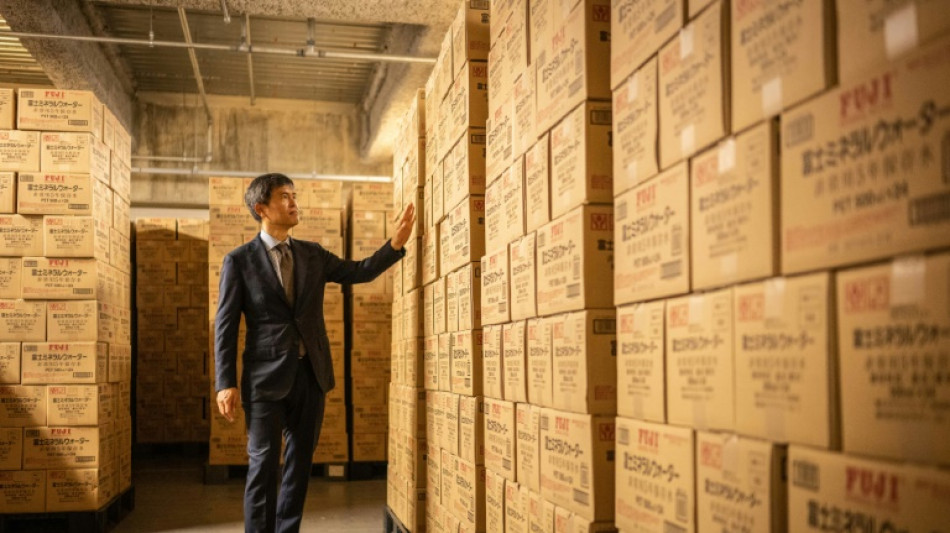
-
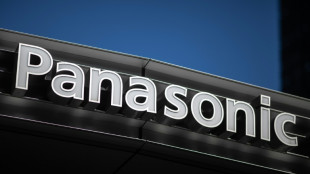 Japan's Panasonic targets 10,000 job cuts worldwide
Japan's Panasonic targets 10,000 job cuts worldwide
-
Putin evokes WWII victory to rally Russia behind Ukraine offensive

-
 China exports beat forecasts ahead of US tariff talks
China exports beat forecasts ahead of US tariff talks
-
Leo XIV, the 'Latin Yankee', to celebrate first mass as pope
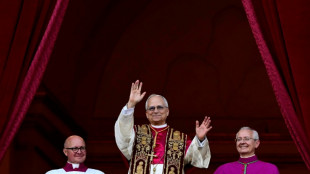
-
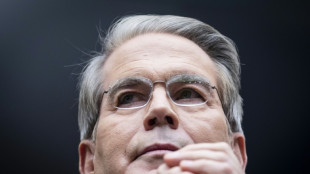 Most stocks lifted by hopes for US-China talks after UK deal
Most stocks lifted by hopes for US-China talks after UK deal
-
IPL suspended indefinitely over India-Pakistan conflict: reports
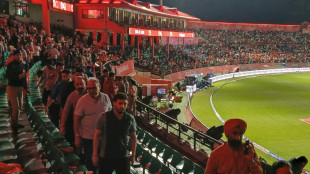
-
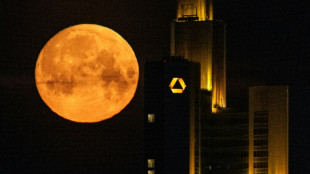 German lender Commerzbank's profits jump as it fends off UniCredit
German lender Commerzbank's profits jump as it fends off UniCredit
-
Rare bone-eroding disease ruining lives in Kenya's poorest county
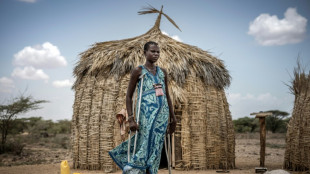
-
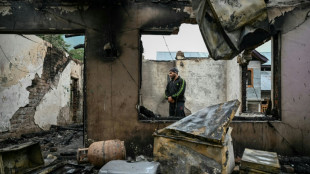 India says repulsed fresh Pakistan attacks as de-escalation efforts grow
India says repulsed fresh Pakistan attacks as de-escalation efforts grow
-
Zhao's historic snooker title sparks talk of China world domination
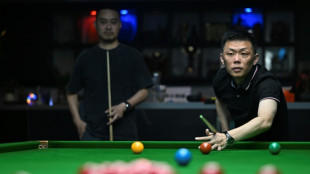
-
 'High expectations': EU looks to Merz for boost in tough times
'High expectations': EU looks to Merz for boost in tough times
-
Poisoned guests rarely invited before deadly mushroom lunch, Australia trial hears

-
 China sales to US slump even as exports beat forecasts
China sales to US slump even as exports beat forecasts
-
Indian cricket to make 'final decision' on IPL over Pakistan conflict
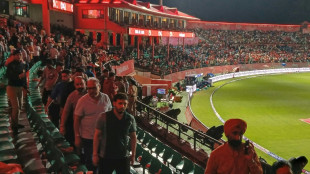
-
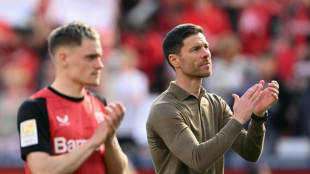 Dethroned Bundesliga champions Leverkusen face uncertain future
Dethroned Bundesliga champions Leverkusen face uncertain future
-
China can play hardball at looming trade talks with US: analysts

-
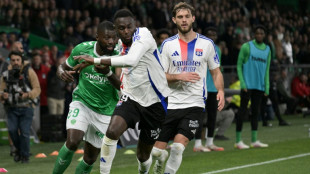 French monuments in trouble while PSG prepare for Champions League final
French monuments in trouble while PSG prepare for Champions League final
-
Newcastle face Chelsea in top five showdown, Alexander-Arnold in spotlight

-
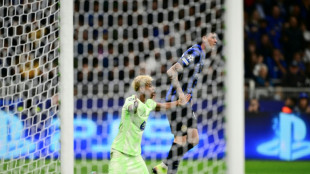 Flick's Barca must show 'hunger' in crunch Liga Clasico
Flick's Barca must show 'hunger' in crunch Liga Clasico
-
Clasico the last chance saloon for Ancelotti's Real Madrid

-
 Timberwolves overpower Warriors to level series
Timberwolves overpower Warriors to level series
-
Chinese fabric exporters anxious for US trade patch-up
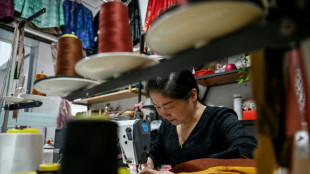
-
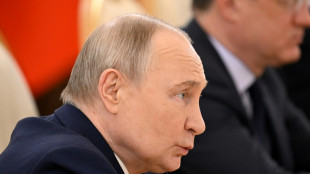 Putin gears up to host world leaders at lavish army parade
Putin gears up to host world leaders at lavish army parade
-
Nearing 100, Malaysian ex-PM Mahathir blasts 'old world' Trump
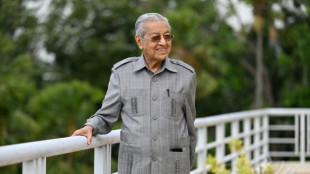
-
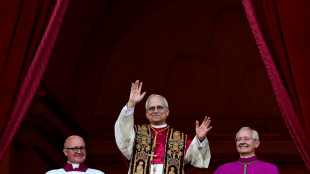 Leo XIV, first US pope, to celebrate first mass as pontiff
Leo XIV, first US pope, to celebrate first mass as pontiff
-
Asian stocks lifted by hopes for US-China talks after UK deal
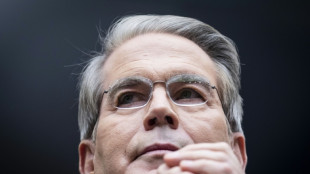
-
 Former head of crypto platform Celsius sentenced 12 years
Former head of crypto platform Celsius sentenced 12 years
-
Ex-model testifies in NY court that Weinstein assaulted her at 16

-
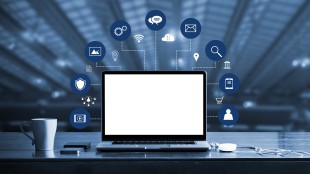 Nestlé and OMP Showcase Approach to Future-Ready Supply Chain at Gartner Supply Chain Symposium/Xpo in Barcelona
Nestlé and OMP Showcase Approach to Future-Ready Supply Chain at Gartner Supply Chain Symposium/Xpo in Barcelona
-
Genflow Biosciences PLC Announces Share Subscription, Director's Dealing and Update

-
 Argo Blockchain PLC Announces 2024 Annual Results and Restoration of Listing
Argo Blockchain PLC Announces 2024 Annual Results and Restoration of Listing
-
'Great honor': world leaders welcome first US pope
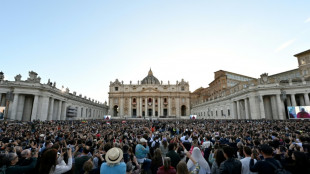
-
 Pacquiao to un-retire and fight Barrios for welterweight title: report
Pacquiao to un-retire and fight Barrios for welterweight title: report
-
Trump unveils UK trade deal, first since tariff blitz
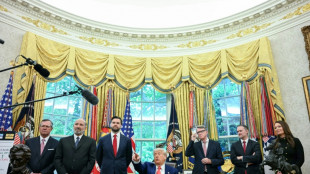
-
 Man Utd one step away from Europa League glory despite horror season
Man Utd one step away from Europa League glory despite horror season
-
Jeeno shines on greens to grab LPGA lead at Liberty National

-
 Mitchell fires PGA career-low 61 to grab Truist lead
Mitchell fires PGA career-low 61 to grab Truist lead
-
AI tool uses selfies to predict biological age and cancer survival

-
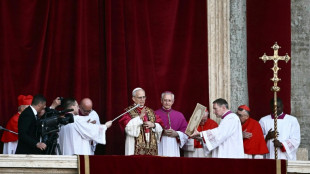 Extremely online new pope unafraid to talk politics
Extremely online new pope unafraid to talk politics
-
Postecoglou hits back as Spurs reach Europa League final

-
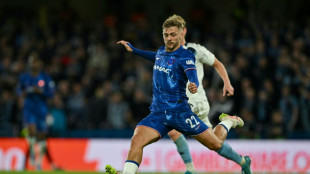 Chelsea ease into Conference League final against Betis
Chelsea ease into Conference League final against Betis
-
Pope Leo XIV: Soft-spoken American spent decades amid poor in Peru

-
 First US pope shared articles critical of Trump, Vance
First US pope shared articles critical of Trump, Vance
-
'Inexcusable' - NBA champs Boston in trouble after letting big leads slip
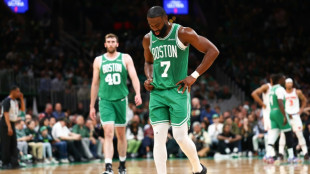
-
 US automakers blast Trump's UK trade deal
US automakers blast Trump's UK trade deal
-
Stocks mostly rise as US-UK unveil trade deal

-
 Trump presses Russia for unconditional 30-day Ukraine ceasefire
Trump presses Russia for unconditional 30-day Ukraine ceasefire
-
Anything but Europa League glory 'means nothing' for Man Utd: Amorim
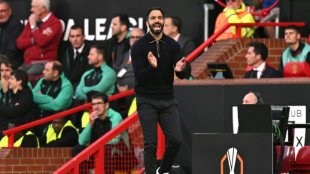
-
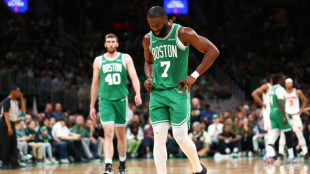 'Inexcuseable' - NBA champs Boston in trouble after letting big leads slip
'Inexcuseable' - NBA champs Boston in trouble after letting big leads slip
-
Pope Leo 'fell in love with Peru'and ceviche: Peru bishop
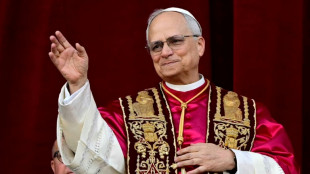

Japan's century of efforts to tame earthquakes
Takashi Hosoda was in a Tokyo skyscraper when the 9.0 magnitude quake struck on March 11, 2011, but the trained architect was "not particularly worried" as modern Japanese buildings are designed to protect their occupants.
A century after Tokyo was destroyed in the Great Kanto Earthquake of 1923, the Japanese capital today bears no resemblance to the city levelled by that 7.9 tremor, which killed 105,000 people.
The low-rise, largely wooden city that was destroyed a second time by US firebombing during World War II has been replaced by a soaring megalopolis where reinforced concrete is king.
The September 1, 1923, disaster marked "the dawn of seismic design of structures in Japan", said Yoshiaki Nakano, an earthquake engineering expert from the National Research Institute for Earth Sciences and Disaster Resilience (NIED).
The following year Japan introduced its first building code for earthquake-resistant construction.
These standards have been constantly expanded since then, drawing on lessons from other major tremors in the archipelago, which accounts for around 10 percent of the world's earthquakes.
Japan's seismic building code is one of the most stringent in the world, Nakano told AFP.
"Basically, the Japanese building requires a relatively higher strength" than elsewhere, he said, stressing the importance of meticulous monitoring of compliance.
"The system to supervise and check the design and the construction on-site is a very key factor to ensure the quality of the structure, the performance of the building during earthquakes," he said.
The 2011 earthquake triggered a deadly tsunami along the northeast coast but in Tokyo the damage was limited: high-rise towers oscillated alarmingly for several minutes but did not topple.
- Skyscraper shock absorbers -
Early basic reinforced structures have been adapted with more sophisticated seismic safety measures found in modern towers.
Massive soft rubber cushions are installed under the foundations to isolate them from ground vibrations; shock absorbers are distributed throughout the floors; and some even have pendulums weighing several hundred tonnes installed at the top to counteract the movement of the building during a quake.
Built in 2014 and rising 247 metres (810 feet) above the city, the Toranomon Hills Mori Tower is fitted with such seismic anti-vibration systems, including 516 oil dampers, each comprising a thick cylinder 1.7 metres long.
"It stretches and shrinks repeatedly in case of an earthquake. It then starts getting warm, which means the energy of the quake transforms into heat and gets released," Kai Toyama, a structural engineering official at real estate giant Mori Building, told AFP.
"As a result, the tremor of the whole building can be controlled."
After the Kobe earthquake in 1995 left more than 6,000 dead, emphasis was also placed on strengthening earthquake resistance standards for new wooden houses and upgrading older buildings dating from before the last major overhaul of the building code in 1981.
The Great Kanto Earthquake of 1923 was also "a wake-up call to Japan", Nakano noted. "Not only the engineers but also for people."
Since 1960, Japan has marked September 1 as national Disaster Prevention Day.
Every year on that day, countless schoolchildren, employees and civil servants -- including the entire government -- carry out simulation exercises in preparation for a major earthquake.
In Japan, many people stock emergency supplies at home, as do businesses and local governments. As of April 1, 2023, local authorities in Tokyo have stockpiled 9.5 million instant meals (comprising rice, noodles and biscuits) in about 400 warehouses.
- Still vulnerable -
These precautionary measures were intensified after the 2011 earthquake, which caused huge traffic jams in Tokyo and the suspension of public transport, preventing millions of people from returning home, said Hosoda, now head of disaster management at Mori Building.
Despite all these efforts, some experts say Tokyo remains vulnerable to earthquakes, and even more to other natural disasters such as floods.
The eastern districts of the capital are built on unstable and flood-prone soils, and there are still concentrations of old wooden dwellings attached to each other.
Post-war rebuilding of Tokyo was "anarchic" and "prioritised economic development and not the construction of a resilient city", seismologist Masayuki Takemura lamented during a recent press conference.
He also pointed to an "excessive concentration of skyscrapers" and the construction of residential areas on artificial islands, increasing their risk of isolation in the event of a natural disaster.
And experts say there is a 70 percent chance of a major earthquake hitting Tokyo within the next 30 years.
D.Sawyer--AMWN

